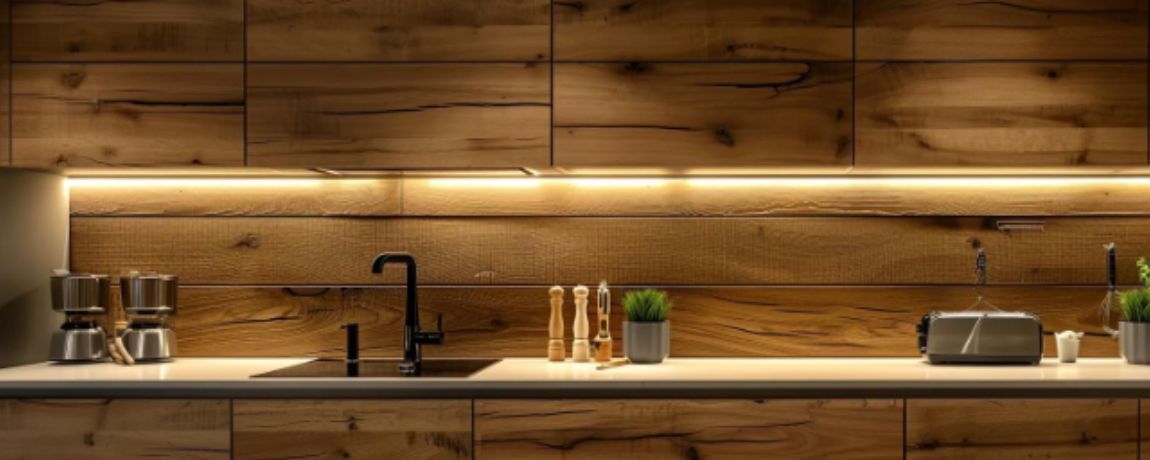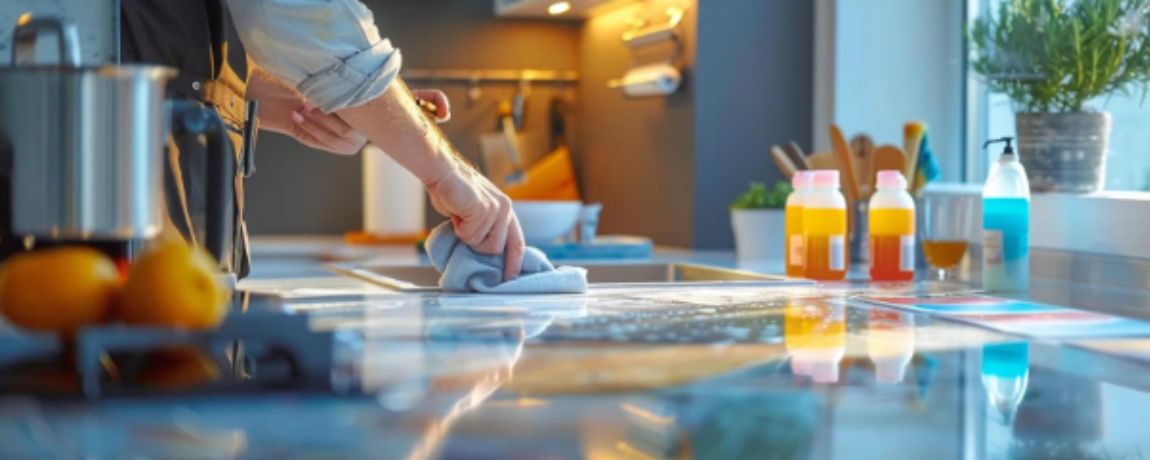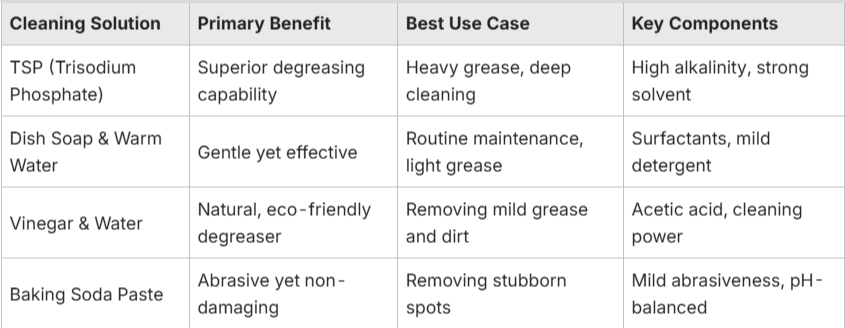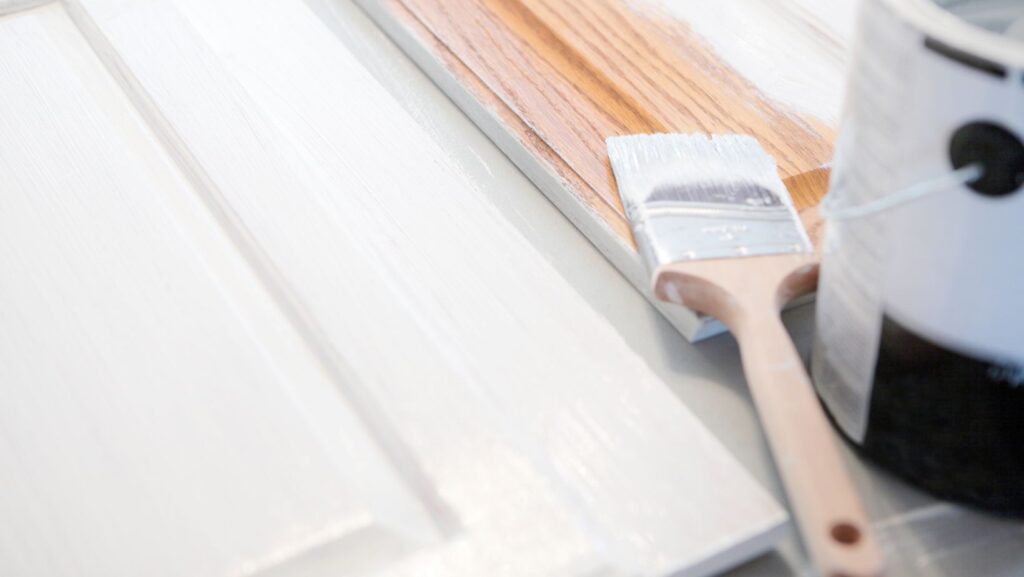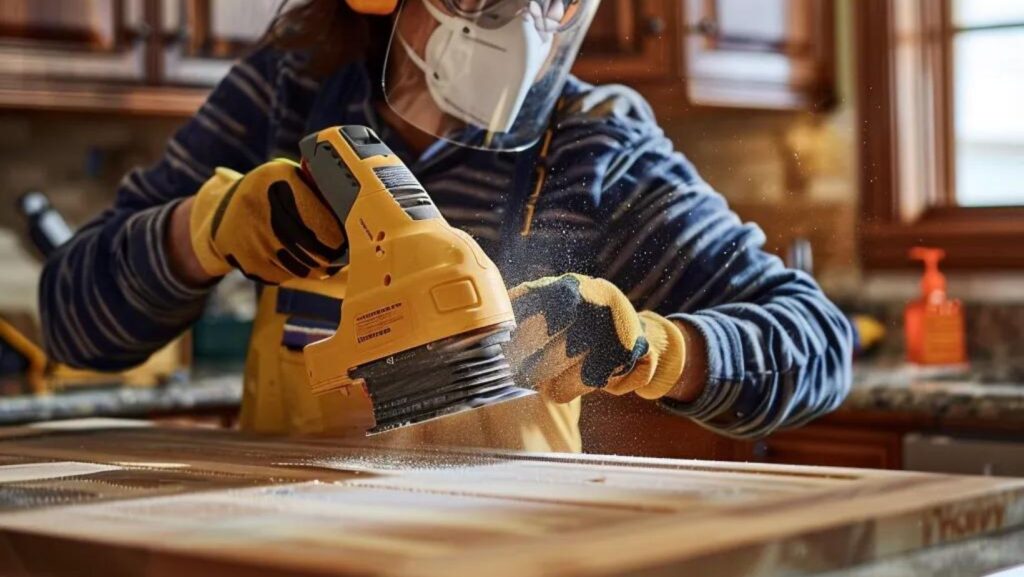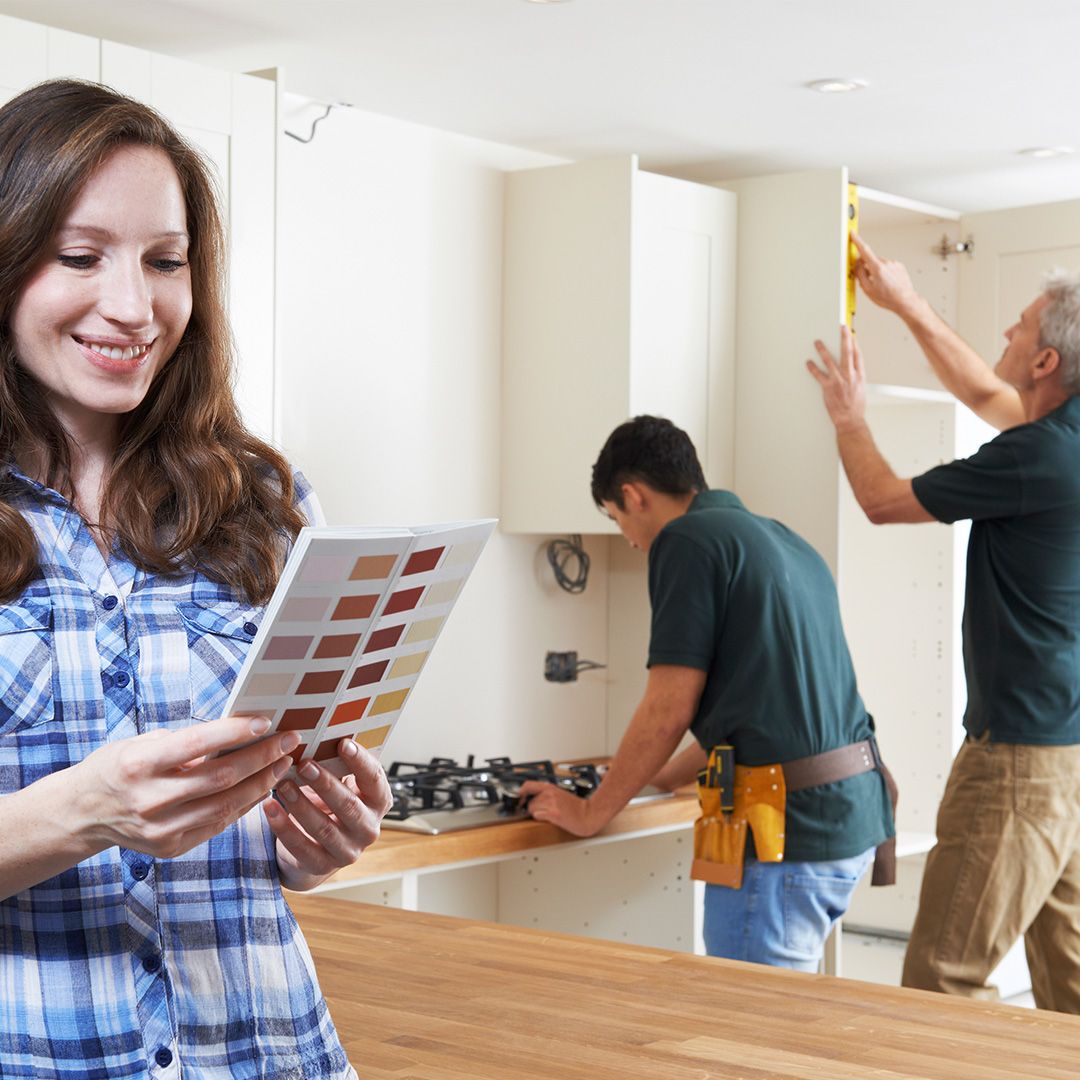The effectiveness of a cleaner in preparing cabinets for painting largely depends on its chemical composition and how well it interacts with the specific cabinet surface. Commercial degreasers often contain strong chemicals designed to break down tough grease and grime quickly, making them highly effective for heavy-duty cleaning. However, they can be harsh and may require careful handling and thorough rinsing to avoid damaging surfaces.
On the other hand, homemade mixtures typically use milder, more natural ingredients like vinegar, dish soap, or baking soda. These solutions are gentler on cabinet materials and environmentally friendly, making them suitable for routine cleaning or less severe grease buildup. While they may not remove heavy grease as efficiently as commercial products, homemade cleaners provide a cost-effective and safe option for maintaining cabinet cleanliness.
Both commercial and homemade cleaners have important roles depending on the cleaning needs—commercial degreasers for deep, stubborn grime, and homemade mixtures for regular maintenance and sensitive surfaces. Selecting the right cleaner involves balancing cleaning strength with surface protection to ensure cabinets are properly prepped for painting.



